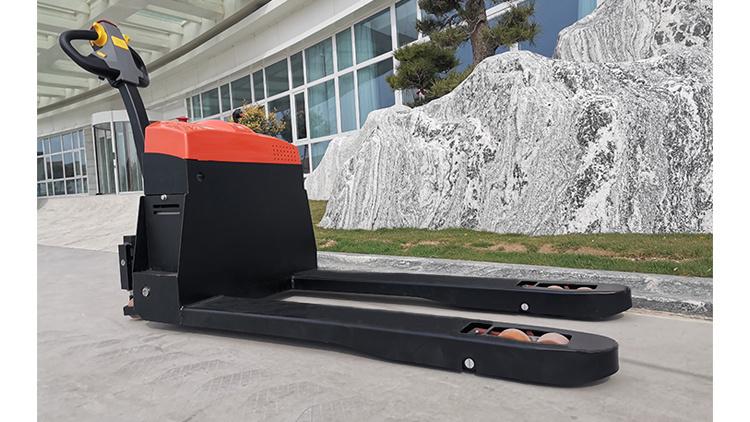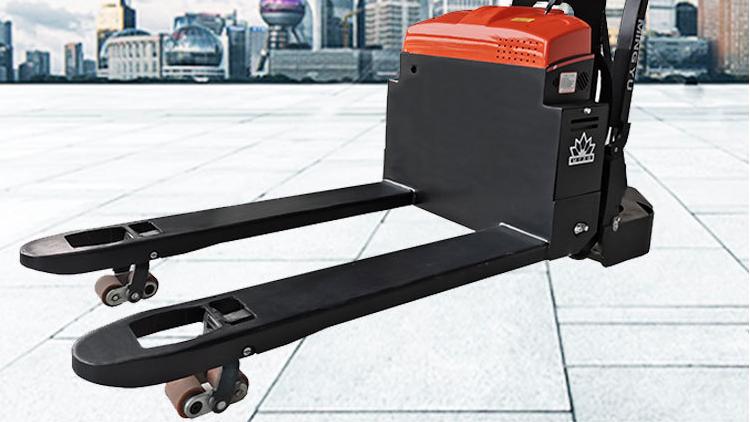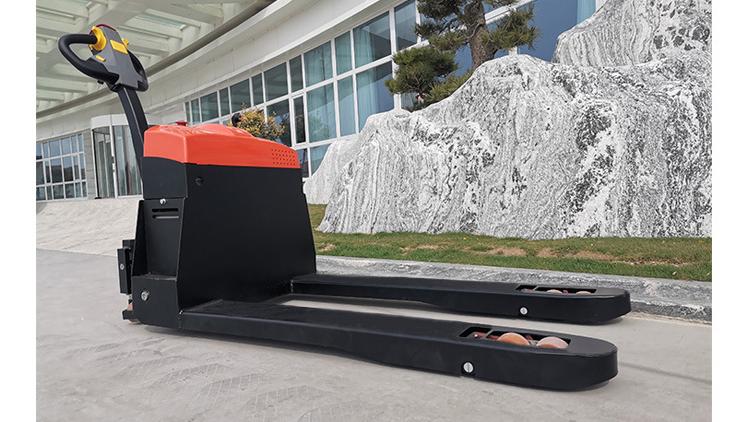What is the Difference Between a Pallet Jack and a Pallet Stacker?
1. Introduction
In modern warehouses, factories, and retail environments, the movement and storage of goods is crucial for operational efficiency. Choosing the right equipment for material handling can significantly improve productivity, reduce physical strain on workers, and optimize space usage. Two of the most commonly used tools in this area are the pallet jack and the pallet stacker.
Though these two machines may seem similar at first glance, they serve distinct purposes and come with different capabilities. This article explores their key differences, advantages, limitations, and how to choose the right option for your business.
2. What is a Pallet Jack?
A pallet jack (also called a pallet truck) is the most basic form of material handling equipment designed to lift and move pallets over short distances.
Key Features:
Available in manual and electric versions.
Consists of two forks that slide under the pallet, a hydraulic pump, and a handle for steering.
Simple mechanical operation.
Common Applications:
Moving goods from trucks to storage areas.
Short-distance transport within warehouses.
Ideal for low to medium-weight loads (typically up to 2.5 tons).
Pallet jacks are appreciated for their simplicity, low cost, and minimal maintenance requirements.
3. What is a Pallet Stacker?
A pallet stacker is a more advanced material handling device that not only moves pallets but also allows for vertical stacking, making better use of warehouse space.
Key Features:
Available in manual, semi-electric, and fully electric versions.
Equipped with a mast and lifting forks that raise loads to different heights.
Handles heavier loads, with lift heights that can reach several meters.
Typical Applications:
Stacking pallets on racking systems.
Working in narrow aisles.
Warehouses with limited floor space but high vertical clearance.
Pallet stackers help maximize storage capacity while reducing manual labor.
4. Key Differences Between a Pallet Jack and a Pallet Stacker
|
Feature |
Pallet Jack |
Pallet Stacker |
|
Main Function |
Horizontal movement only |
Horizontal & vertical movement |
|
Lifting Height |
Minimal lift, just enough to move |
Lifts pallets to various heights |
|
Power Options |
Manual / Electric |
Manual, semi-electric, electric |
|
Capacity |
Light to moderate loads |
Heavier loads, higher lift |
|
Space Requirement |
Compact, excellent for tight spaces |
Needs more space but offers stacking |
|
Cost |
Lower purchase and maintenance cost |
Higher upfront investment |
5. Pros and Cons of Pallet Jacks
Pros:
Cost-effective: Very affordable.
Simple to use: Minimal training required.
Low maintenance: Few moving parts.
Lightweight and portable.
Cons:
Cannot lift loads vertically.
Manual models require physical effort.
Limited to ground-level movement.
6. Pros and Cons of Pallet Stackers
Pros:
Vertical storage: Makes better use of warehouse height.
Reduces manual handling: Electric models minimize physical strain.
Handles heavier loads.
Cons:
More expensive.
Requires some operator training.
Needs charging (for electric versions).
7. How to Choose Between a Pallet Jack and a Pallet Stacker
Consider:
Warehouse Layout: Limited vertical space? Use pallet jacks. High racking? Choose stackers.
Load Weight: Heavier items benefit from stackers.
Frequency of Use: Frequent stacking justifies the higher cost of stackers.
Budget: Pallet jacks are the better choice for limited budgets.
Use Case Examples:
Small retail: Pallet jack.
Large distribution center: Electric pallet stacker.
8. Safety Considerations
Always ensure proper training.
Regular maintenance to prevent accidents.
Use personal protective equipment (PPE).
Never exceed weight limits.
9. Emerging Trends in Pallet Handling
Electric and lithium-ion models for efficiency.
Ergonomics-focused designs to reduce injuries.
Automation and smart handling systems.
10. Conclusion
Both pallet jacks and pallet stackers play vital roles in material handling. Understanding their differences in functionality, cost, and applications allows businesses to select the right equipment that enhances safety, productivity, and space utilization.
Post time:Jul.07.2025



